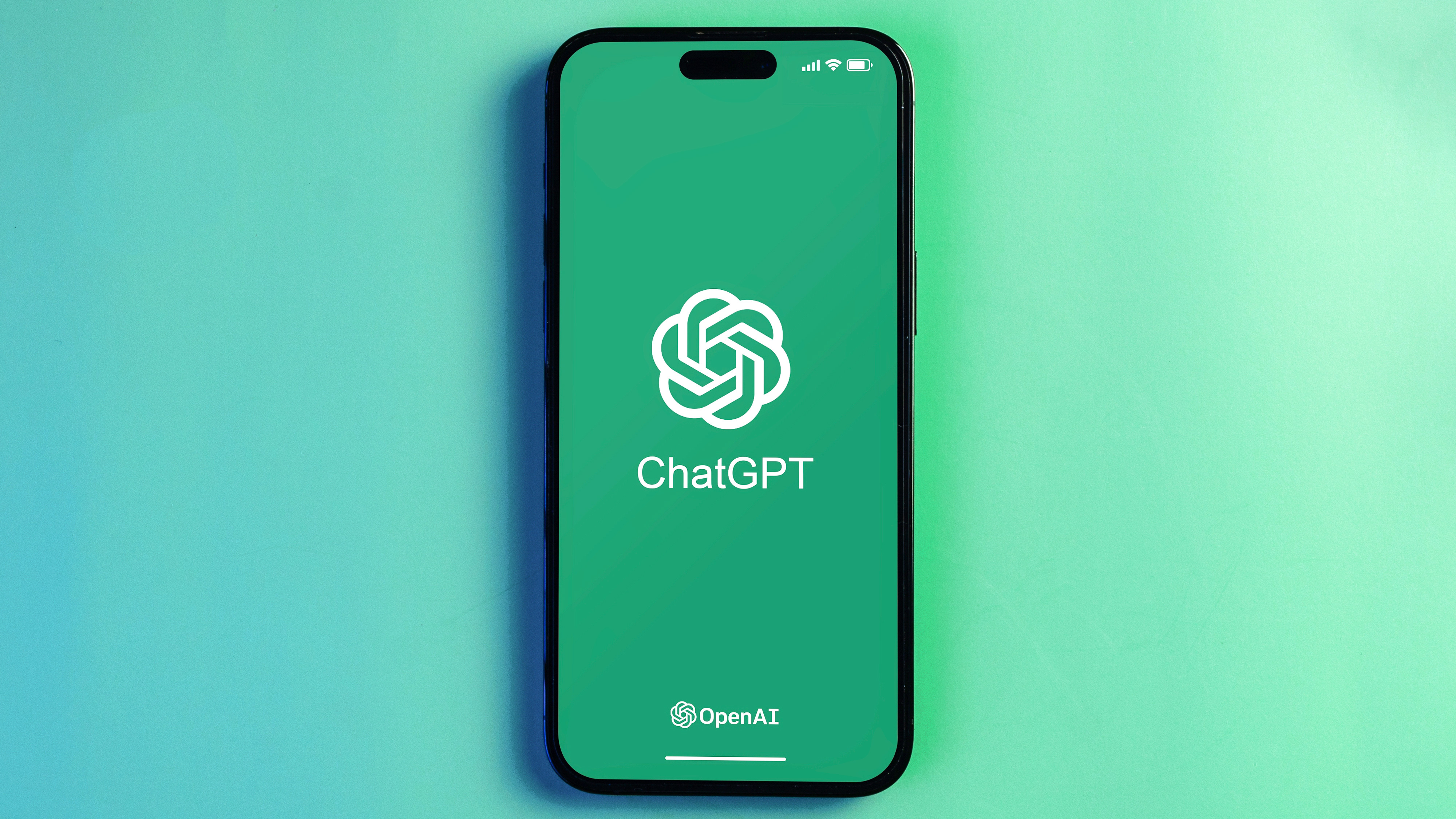How to block robocalls

Is your phone ringing off the hook with calls from unknown numbers? Ours too. Robocalls have been on the rise, and they show no signs of slowing.
The YouMail Robocall Index reports that nearly 48 billion robocalls were placed nationwide in 2018, and the total for 2019 is on track to be nearly 10 billion calls higher. That's an average of about 175 robocalls per U.S. resident. And while about 40% of robocalls are automated alerts and reminders, nearly half are scams.
Congress is working on legislation that, if signed into law, would require phone carriers to implement call-authentication protocols (such as SHAKEN/STIR) and prevent them from charging customers for call screening. It would not mandate that they provide these call-blocking services to all consumers, however.
Here's what you can do right now to block robocalls.
Enable your phone's built-in call-blocking functions
Apple iPhones and most Android phones have built-in call-blocking options that let you add numbers to a blacklist. This is helpful if you tend to get a lot of robocalls from the same number.
On iOS 13, there's also an option to Silence Unknown Callers (found under Settings > Phone), which sends calls from people not in your contacts (or Mail or Messages apps) straight to voicemail.
With this feature, you'll still get important messages from contractors and doctors' offices, but you can sort through those messages at your leisure without the pressure to answer right away.
Get instant access to breaking news, the hottest reviews, great deals and helpful tips.
Use your carrier's call-blocking capabilities
Most major wireless providers already have some type of call screening, and these may get more robust with additional legislation. Some of these services are free and included right out of the box, while some more-aggressive filters require an opt-in or a monthly fee. Here's a quick rundown of what's available:
Download a robocall-blocking app
If your carrier's call screening isn't cutting it, try a third-party app, like RoboKiller, Nomorobo or Truecaller. These apps generally identify and block known spam callers and let you create whitelists and blacklists for phone numbers.
You'll find a long list of options in your app store, so read reviews and compare features and fees to figure out which service is best for you.
Of course, using this kind of service isn't without its risks. Some call-blocking apps have been caught violating privacy guidelines or sharing customer information. Make sure you research how your data is used before you sign up.
Put your number on the do not call list
The Federal Trade Commission's (FTC) National Do Not Call Registry is designed to stop unwanted sales calls. Telemarketers are prohibited from contacting you if you add your number to the list. This service is free, and your registration never expires.
The do not call list does not block calls, nor does it prevent scammers from reaching you. If you're still getting a lot of robocalls after adding your name to the list, odds are they're from illegitimate sources. Additionally, the registry won't prevent the following types of legal calls:
- Political calls
- Debt collection calls
- Surveys
- Informational calls that don't include a sales pitch
- Charitable or donation-request calls
- Robocalls from companies you've done business with
Report robocalls
While some robocalls are still legally allowed (albeit annoying), you can report unwanted calls to the FTC and the Federal Communications Commission (FCC). This won't block calls from your individual number, and it certainly won't end robocalls entirely. It will, however, help these agencies see patterns and trends, helping the organizations to identify callers who are breaking the law and to stop them.
How to manage robocalls that do get through
While these steps can help you manage robocalls, some of these calls may continue to slip through filters and call blockers. Here are a few steps to handle those calls:
Send calls to voicemail.
If you don't recognize a number or if you suspect that a call may be spam, don't pick up. Callers who really need to speak with you will call back or leave a message. Picking up the call tells the spammer that your phone number is active, and this may increase the volume of calls you receive.
Hang up immediately.
If you do answer a robocall, don't engage the caller. Don't press any buttons or respond to any prompts. Simply hang up.
Be suspicious.
Maintain a healthy dose of skepticism. Calls from unknown numbers are easier to ignore, but scammers who spoof familiar numbers are more likely to get through. If something about a caller seems strange, trust yourself.
Search for a callback number.
Even if a robocall sounds legit, you should still hang up. Google the company involved to find a number you can call back. If you initiate the call, you're less likely to fall victim to a scam.
It's also good practice to opt out of text and phone communications with an organization whenever you're given the chance, and to avoid giving out your number (when creating an account, for example) in the first place.
Many organizations that request your phone number don't actually need it, and the more people who have it, the greater the chance that you'll get spammed by marketers and scam callers.
Bottom line
Robocalls are an annoying aspect of owning a phone, but you're not without options to limit these calls. A combination of call-blocking options can help slow the flow of spam.

Emily Long is a Utah-based freelance writer who covers consumer technology, privacy and personal finance for Tom's Guide. She has been reporting and writing for nearly 10 years, and her work has appeared in Wirecutter, Lifehacker, NBC BETTER and CN Traveler, among others. When she's not working, you can find her trail running, teaching and practicing yoga, or studying for grad school — all fueled by coffee, obviously.
